Hydroponics is a method of growing plants with nutritious water solutions delivered in several different manners to hydrate the plants’ roots. The advantages hydroponics offers the grower are no weeds, no digging in soil, no soil born insects and diseases, and higher yields from crops. Many use hydroponic
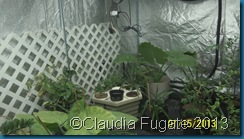

Indoor set-up can be as simple as a small container in the home, or used in a closet or spare room of the house. This insulated tent can be a 4’ x 4’ unit or as large as 10’ x 10’ tent.
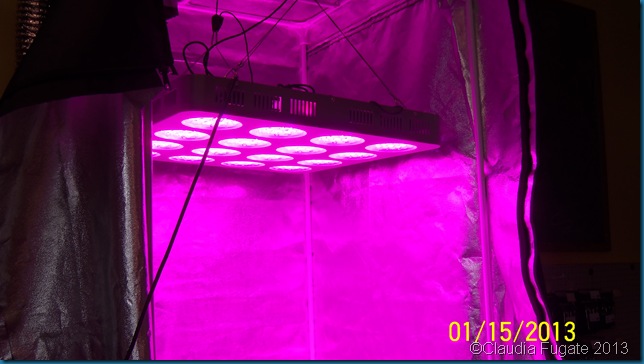
Ventilation and lighting are necessary to hydroponic gardens. Circulation of air will reduce the mold and fungus that may grow due to the high moisture.
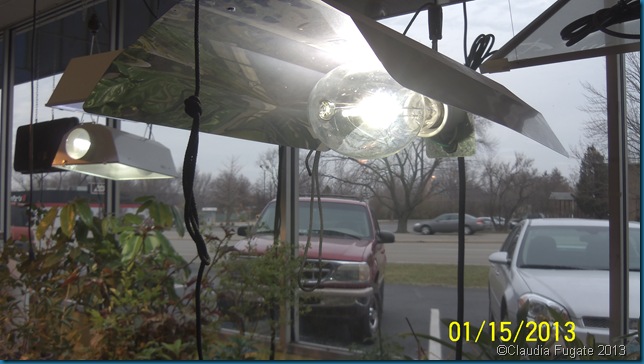 |
| Lighting Options |
The old idea that hydroponic vegetables – specifically tomatoes from the market in winter – had no taste. Over the years, growers have addressed this down-side of hydroponics. By using different light spectrums at different times of the plants growth the size and color of fruit is improving. The added value of the right nutrients at different times of growing also have kicked up the flavor of these crops tremendously. By growing at home, the fruits and vegetables can be allowed to mature naturally. They are not picked weeks too early and stored in trucks to arrive at the market before the produce spoils. . The incentive of this ‘rush to market’ with these crops is bypassed when food is grown locally, and better yet, in the home.
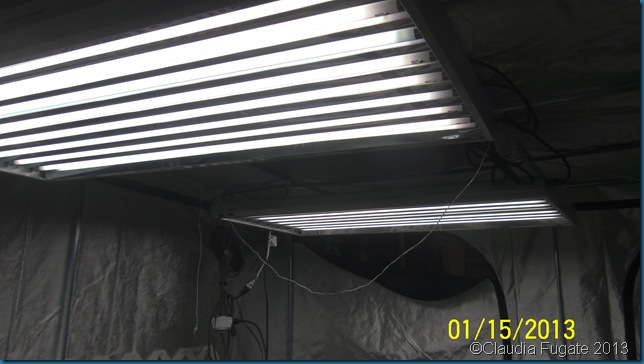
I had the opportunity to visit a new store here in the Dayton area called Miami Valley Hydro and talked to the owner Michelle Hickman. The lighting choices vary depending on your crop. However, Ms.Hickman said that the High Intensity Discharge (HID) is the preferred lighting in a garden room. One type of HID lighting is an HPS, High Pressure Sodium lamp – It’s light is in the orange/red ranges, and is ideal for plants in the flowering stage of growth. A Metal Halide lamps are different in that they provide a blue/green spectrum of light that is good for plants in the vegetative or growth stage.
Florescent lighting (T5) is ideal for cuttings and for short term cycles. Most plant material needs 15-18 hours of light a day, so timers make this factor consistent and mimics nature.
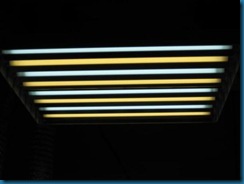
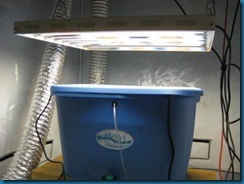
So to successfully grow in a hydroponic garden, space, lights, air movement, and timers are going to help have a growing system to produce your plants.
The watering method is the main interest to the gardener, and some systems are described here. The Owner of trinity Hydro-Organics, John Barker assisted me with several ideas for the water applications.
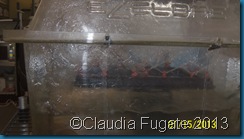
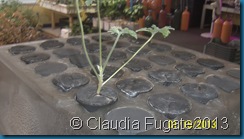
This enclosed tub has nutrient rich water bubbling as the roots of the plant in the top are getting splashed. The oxygen in the bubble system and the nutrients will have intense roots in a short time. This Bubbleponics is the simplest to set up and maintain. As you can see, up to 30 plants can be maintained in this manner.
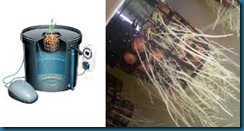
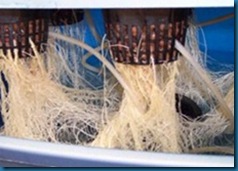
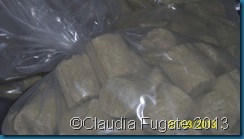
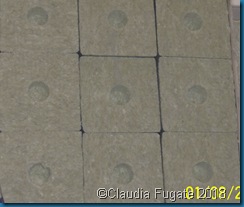
The rock wool is a growing medium that contains no nutrients. It’s sole purpose is to bring water and nutrients to the root zone of plants. The large cubes in this photo, hold the started plugs, and roots are not dislodges or loosened from the medium as the plants mature.
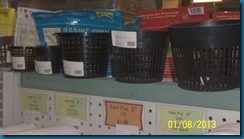 These open tubs can also hold root in certain systems.
These open tubs can also hold root in certain systems. 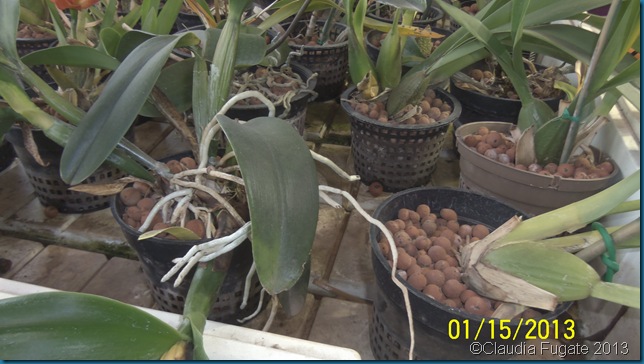 |
| Ebb and Flow |
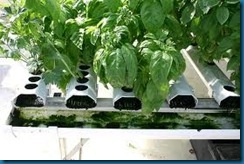 |
| NFT - Nutrient Film Technique |
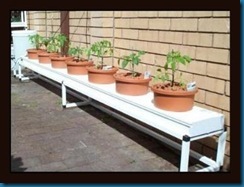 |
| Water Available to Roots |
Systems vary on how the nutrient water gets water to the roots. One system is the Deep Water Culture (DWC) where to root grow down into the solution.
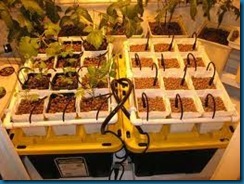 |
| Drip System |
Here the roots nor the growing medium are never in water. The drip system keeps nutrient available and the medium and roots moist but not saturated.
As much as the oxygen and water at the roots is critical, so is the nutrients that the plants must have to grow and produce.Organic fertilizers that can be water soluble are the key to this aspect of hydroponics. Hydroponics allows the grower to change the formula of nutrients depending on the stage of growth of the plant. Nitrogen rich solutions can be used in the beginning growth stage, where in the flowering and bloom stage, a formula higher in Phosphorous is necessary. The macro- and micro nutrients need to be available for a successful garden and these nutrient elements need to be monitored.

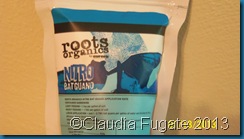
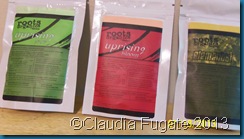
This roots organics
My thanks to Michelle Hickman of Miami Valley Hydro for the detailed information and to John Barker from Trinity Hydro-Organics for the time he spent explaining these systems and providing me with the roots organics
Whether a small outdoor system, a corner of the garage system, or a green house system, the hydroponics industry will continue to grow. Check out a local store or visit the websites of Michelle or John.
4 comments:
Fascinating stuff - we have a store that has just opened up nearby, I should really take a trip in sometime.
TBH - my garden has seen far too muc water this year - I'm sure if I had introduced cover, lighting etc I would have invented another kind of hydroponics!!!
Angie - I was over at your post on Heuchera - lots of bitter with sweet - that one. The hydroponics thing with me was driving by two new stores, and I just had to see what it was all about. You couldn't share some of your rain, could you?
Great ideas just don't really have a space to do hydroponics. I am considering orchids though.
Also want to add that we can even recycle those water thereby efficiently conserving the natural resource. Recycling water in your grow room is a viable option for hydroponic growing. Lets check out here some simple procedures of recycling water with existing hydroponic systems in your garden.
Post a Comment